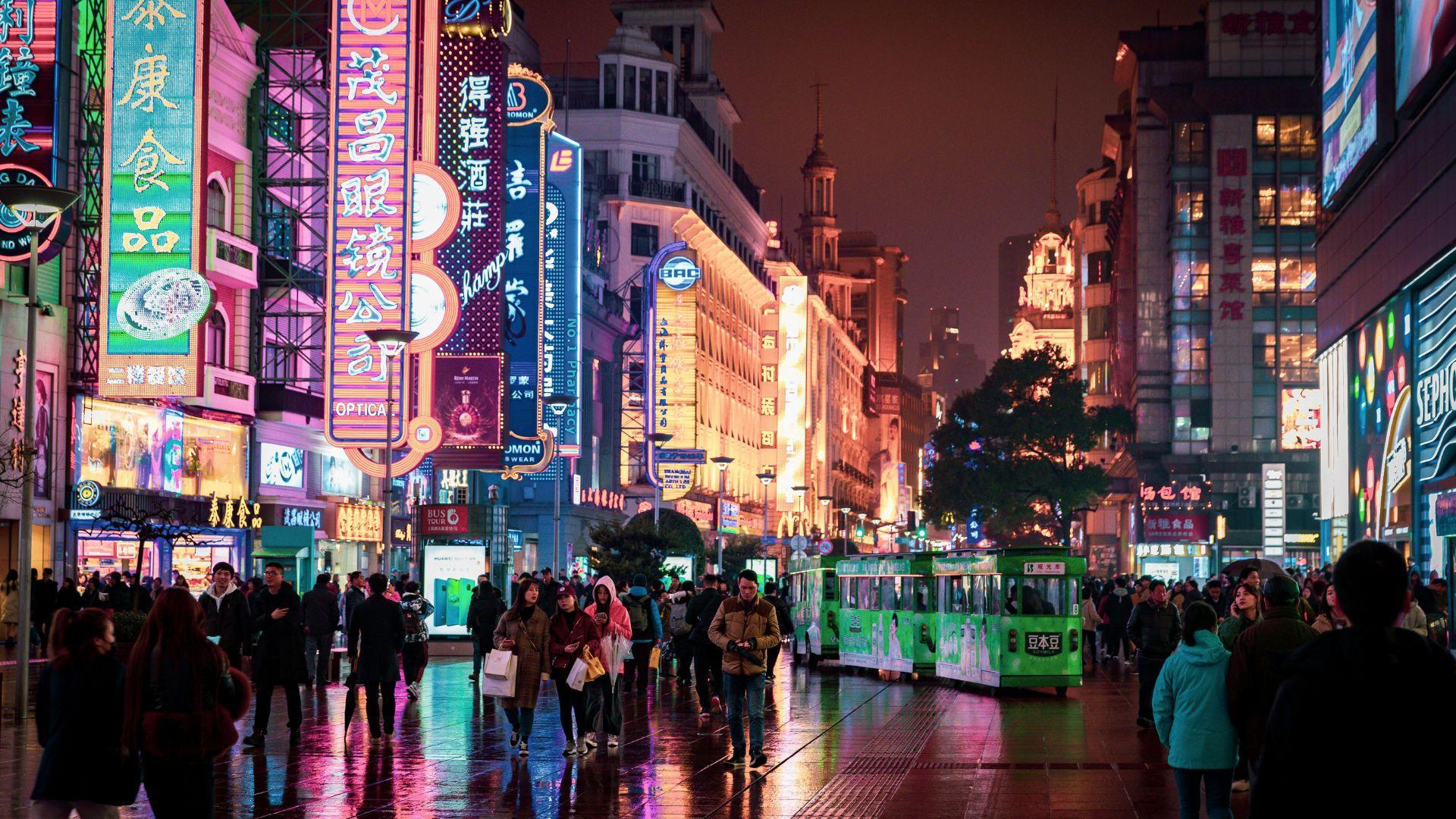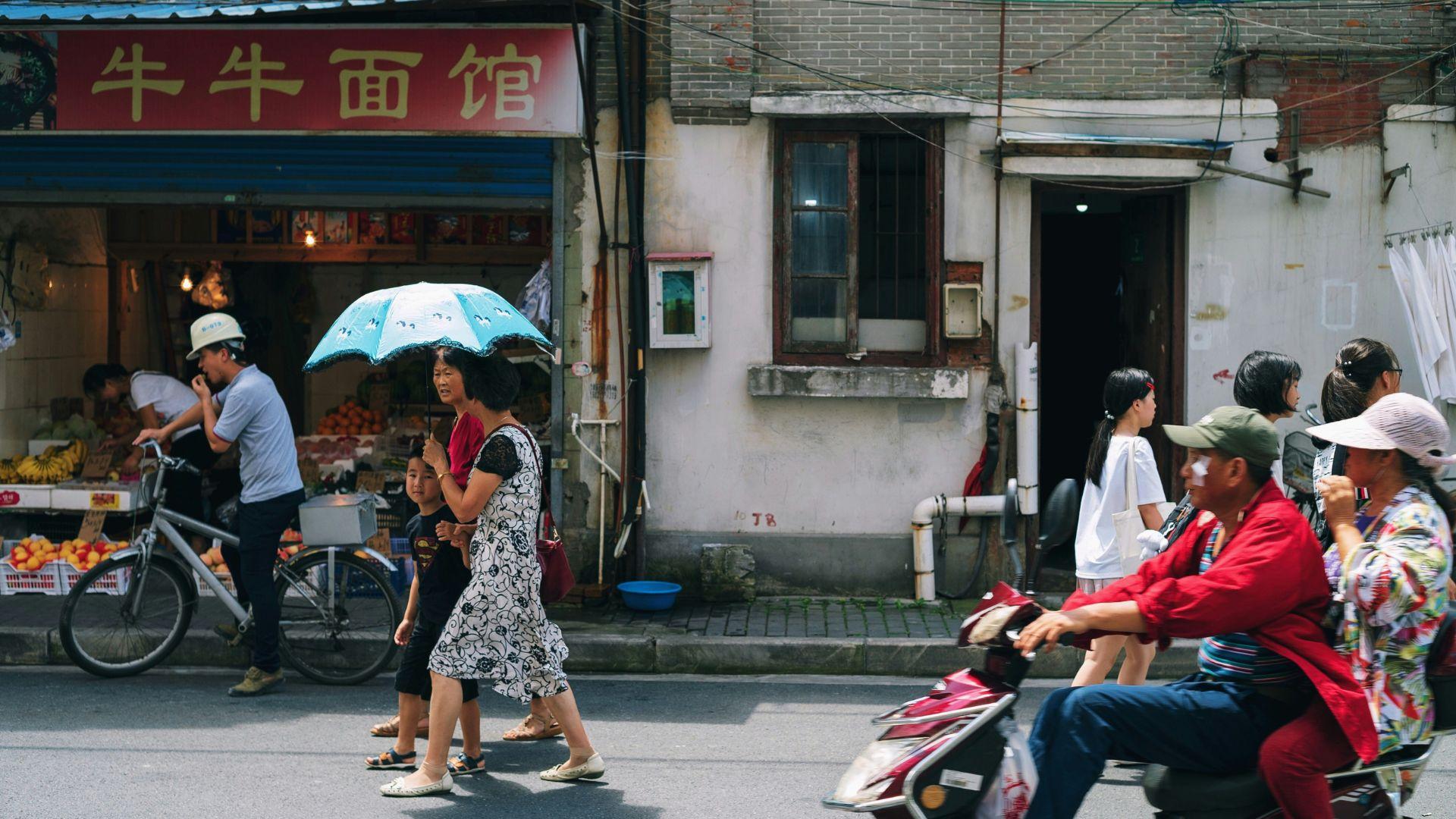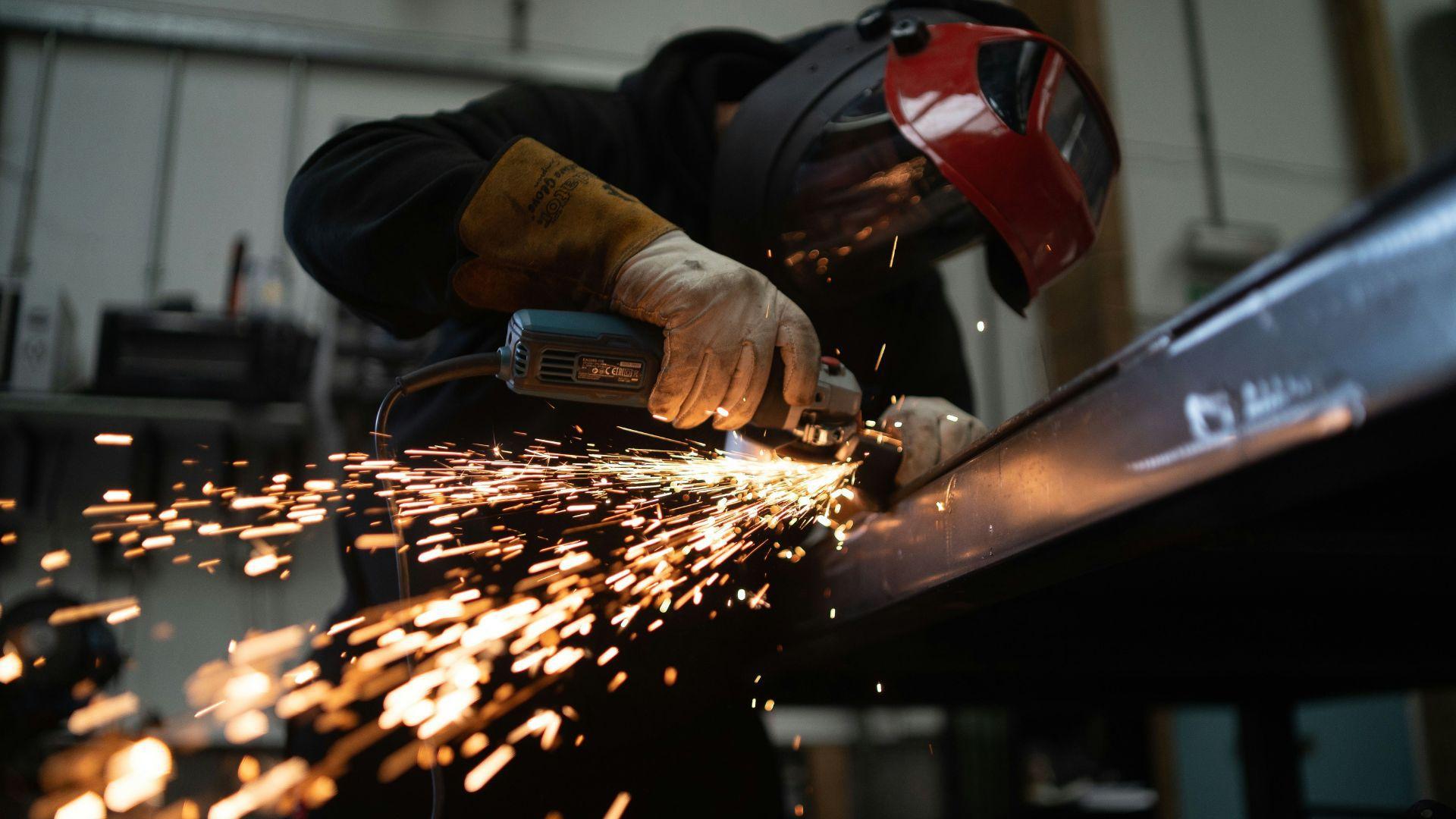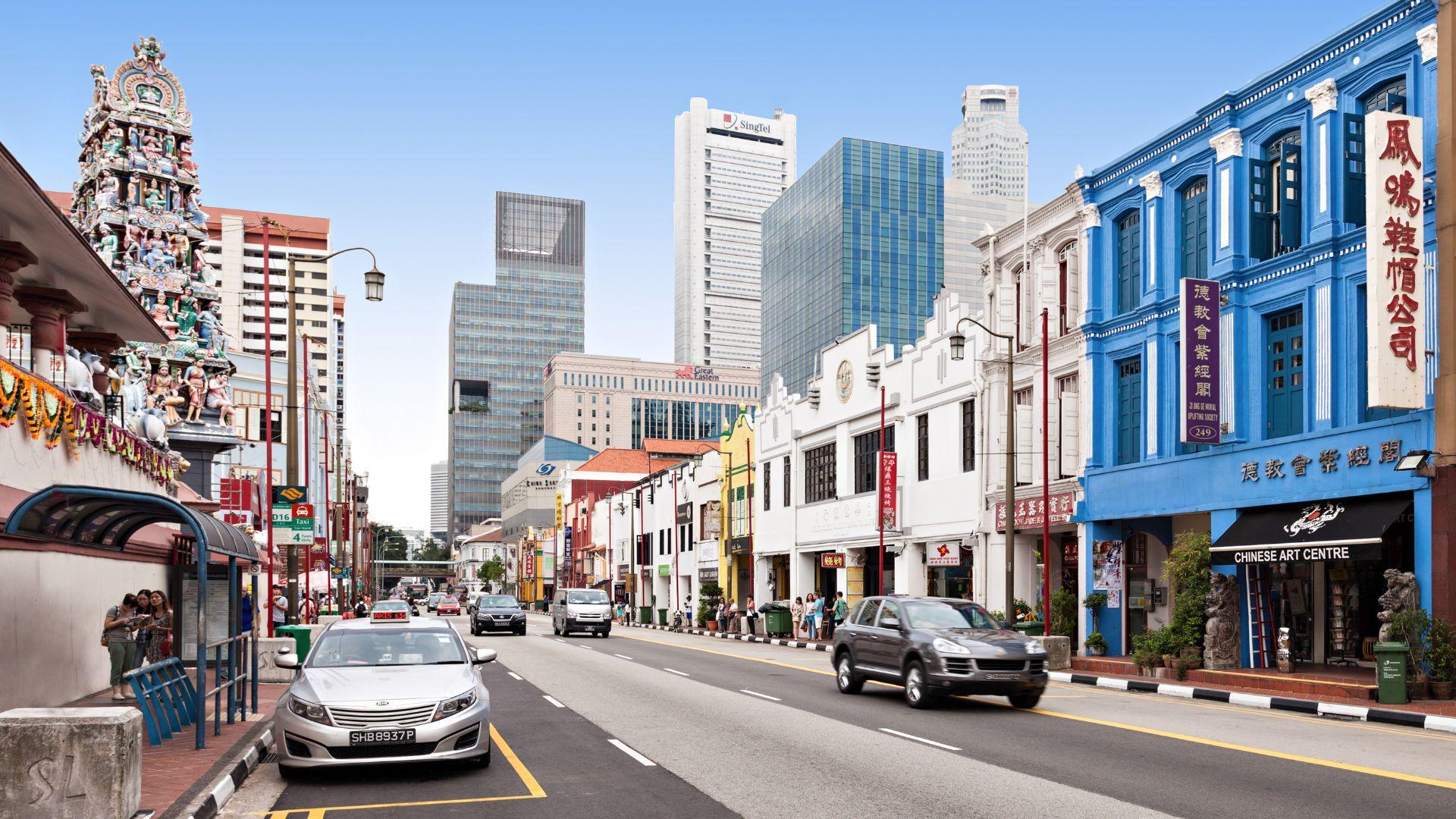China has long been seen as a global superpower, known for running much of the world’s production and staying ahead as a cultural, educational, and economical giant.
However, fighting for decades to get ahead seems to have set China back a peg or two. They currently face issues with their economy to stay ahead of America, due to their aging population, downturn in production, and failing fertility rates.
Stagnant Employment Rates

Growing at an advanced rate for so long seems to have hindered China as of late, with less citizens achieving economic mobility and higher rates of youth unemployment being some of the main factors.
The country reported a 5.1% overall unemployment rate with young people making up the majority. However, China recently changed the reporting system, not allowing those in rural areas and those who have simply given up on finding work to account for the unemployment rate, so the current rate is unclear.
The Middle Income Trap Has Been Set

Although China is set to achieve an economic growth target of 5%, the vast majority of its working class will remain in the same position.
As large corporations and factories penny pinch to increase profits, the working class will remain shielded from economic movement. China has little rules around minimum wage and workers rights, so the rich will continue to get richer, while the workforce remains in the same place.
Many Countries Are Grappling With an Aging Workforce

Like many other countries, China suffers from a massive disparity in population. The majority of the workforce is aging without the appropriate amount of young people replacing them.
A University of Wisconsin-Madison scientist named Yi Fixian tells Newsweek that China’s projection of growth cannot happen with the current ages of the workforce. The elderly simply cannot keep up with the physical abilities of youth, and the economy is sure to suffer because of it.
Plummeting Fertility Rates Affect the Nation

Although China is one of the most populous countries on the planet, they are currently suffering from the same fertility issues as many other advanced nations.
For years, the one child policy has been a mainstay in China, only allowing families to produce one child in order to quell the ever-growing population. However, new issues have arisen that cause China’s youth to forgo having children altogether.
A Lack of Youth Is a Lack of Invention

As less and less young people join the workforce, less inventions, new businesses, and fresh ideas will take up the market.
As the population shrinks and less young people enter the workforce, new education, ideas, and inventions will not offset the number of elderly in society. Usually, a society functions by phasing out older workers and old ideas, but China is on track to hold onto older workers without replacing them with better and younger technologies.
Downward Growth for Consumption

Similar to the other issues with an aging population, elderly people often have less purchasing power as they get older, with more of their income going to basic expenses and medical care.
As many nations depend on the buying power of young people to boost their economy, China will face major issues with internal economic growth. Yi Fixian notes in Newsweek that younger generations are the driving force for any country’s economic growth.
China Fails to Keep Up With America

The lagging economic growth and workforce is in stark opposition to the United States.
Experts in China have stated that the country will achieve “high-income status” and reach half of the United States’ GDP by 2049. However, the country’s current income stands around $12,500, while the per capita income stands at about $80,000 in the US, with little hope for China to catch up to even half that.
The Dilemma of Low Income

Capitalist systems often show that paying the least amount for labor and goods is the best way to increase profits, but when those low wages start to affect economic growth, it’s time for a change.
Per capita income is the average income of a citizen in a country. Unfortunately, China cannot promise a rise in per capita income for its citizens. Even hopeful charts show a measly 3% increase by 2028, rising to only $15,426.
Deflated Hope in Manufacturing

Trade barriers, taxes, and supply chain issues have all caused a drastic reduction in Western countries using China as a manufacturing hub that it once was.
While China was once the manufacturing mecca for the western world, Newsweek notes that shifts in prices and transportation have all affected their biggest export.
Slumped and Deflated Property Market

Although older generations used to pass property and wealth onto younger generations, these trends have shifted immensely.
As life expectancy grows, older generations remain working, and younger people have less buying power, property sales continue to slow down. The shrinking property market is another blow to overall economic growth in China.
Plans to Shift the Issues in the Country

Yi Fixian knows that a massive change must happen in China to remove some of these massive issues plaguing their population and economy.
However, the changes will not be easy to undo, stay out of the middle-income trap, grow the economy, and find a permanent solution to the fertility crisis.
